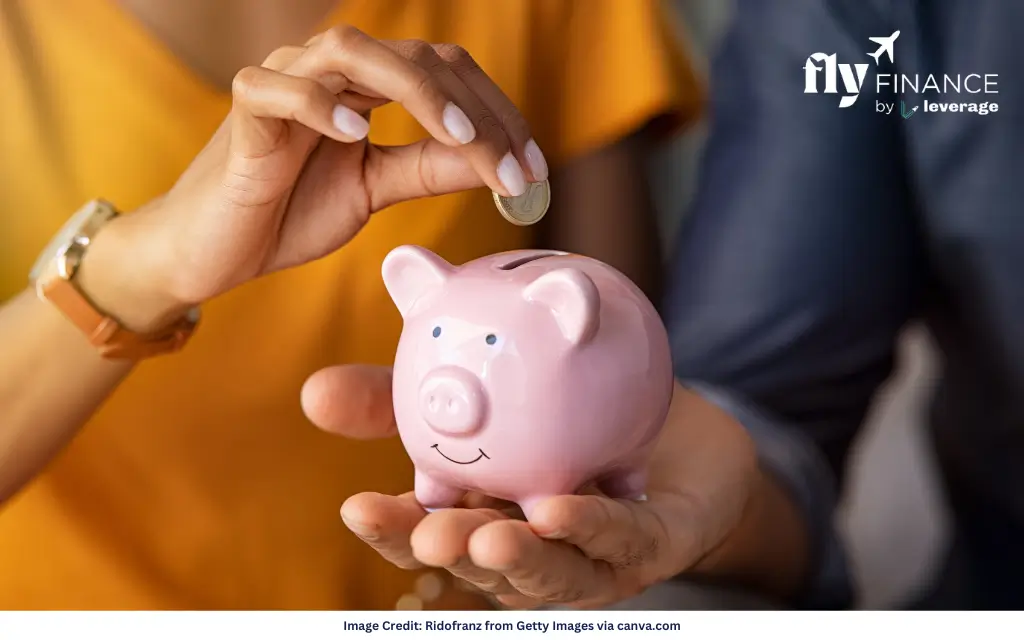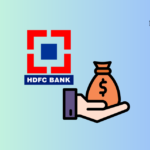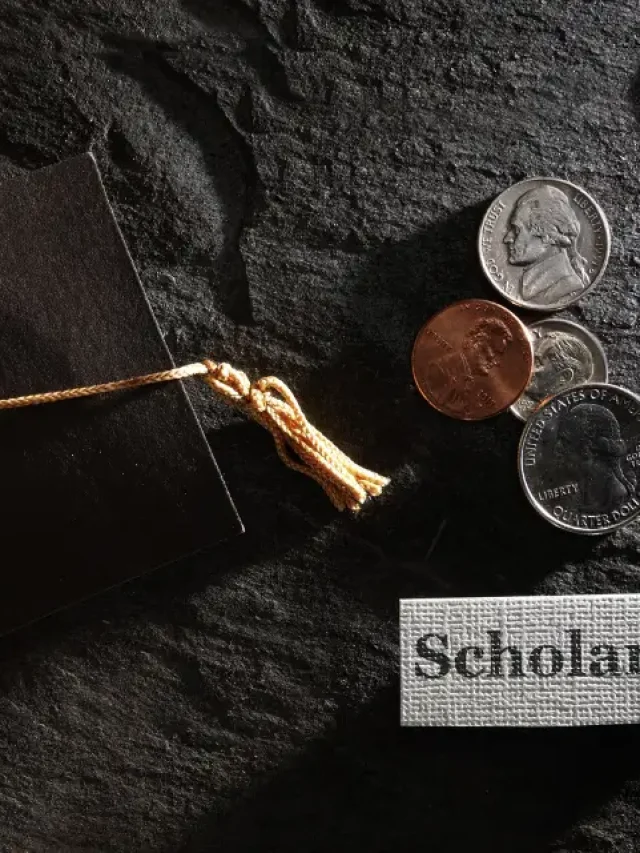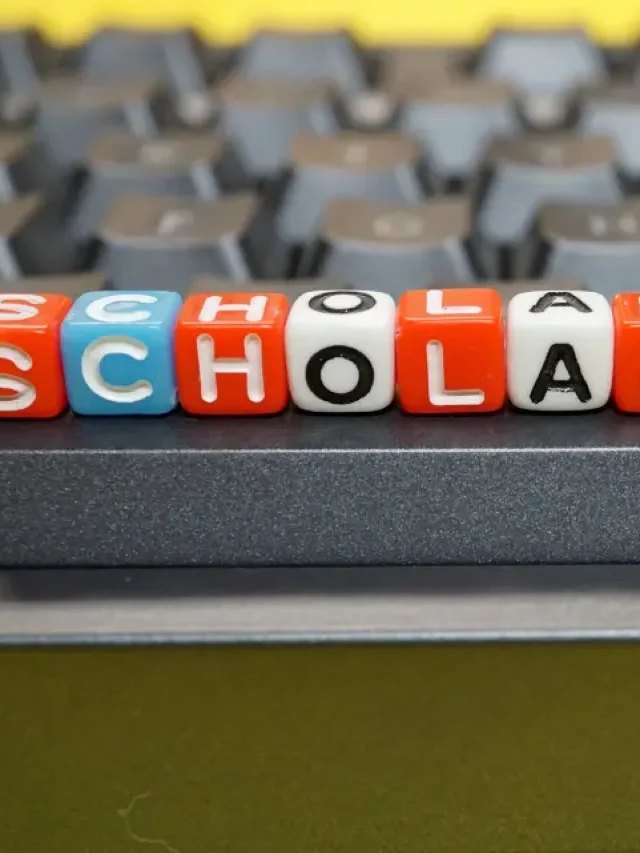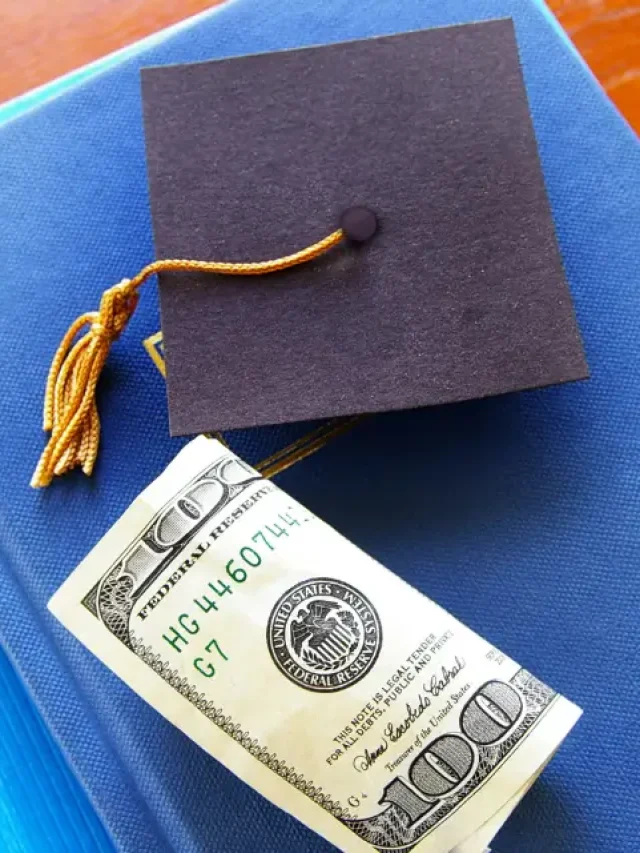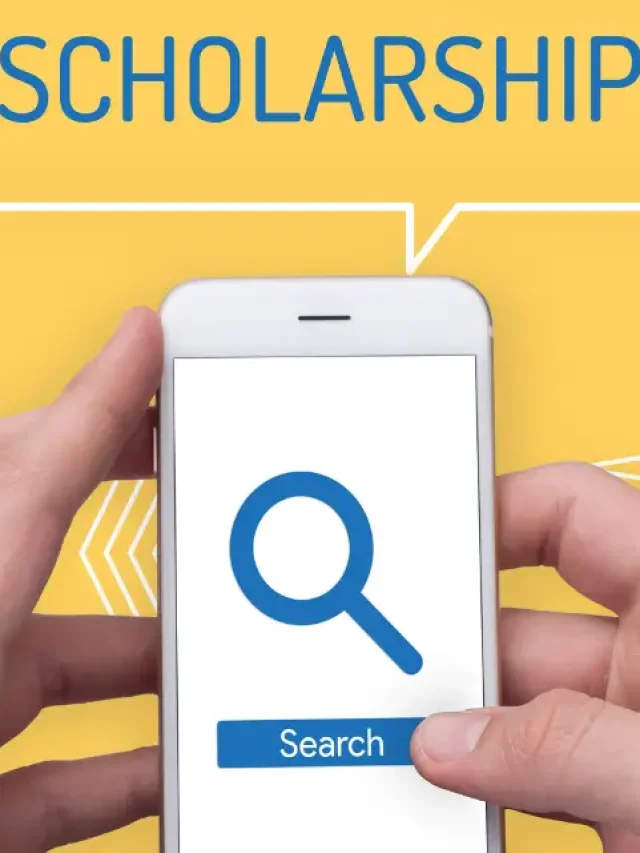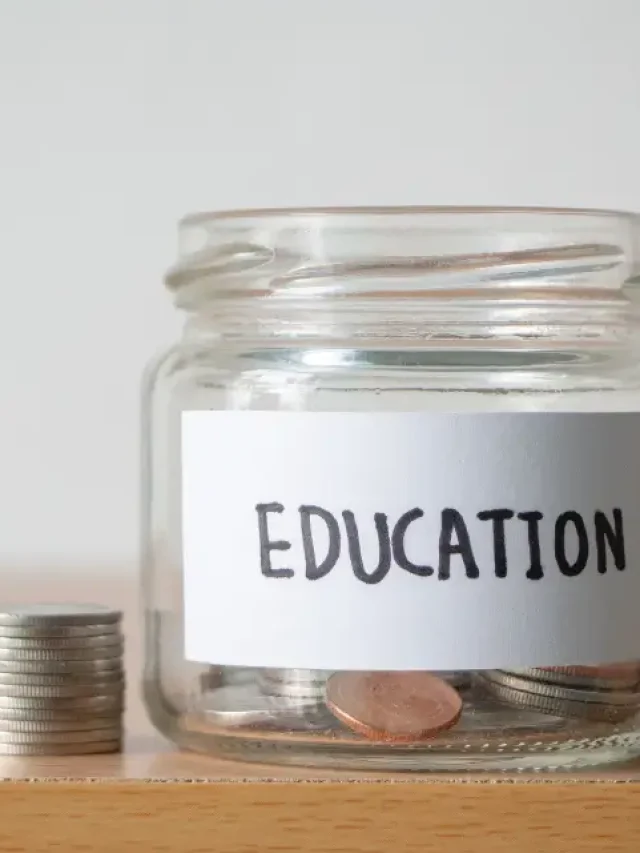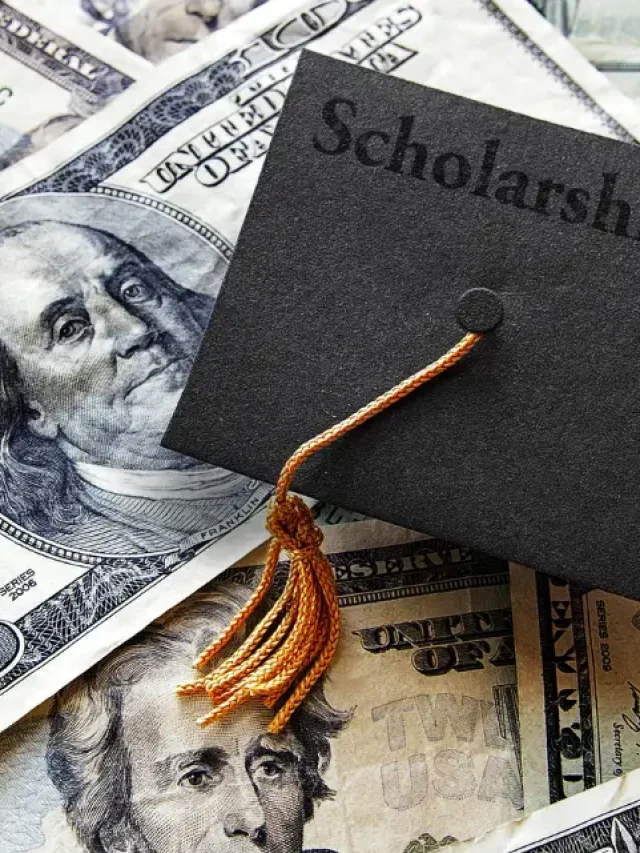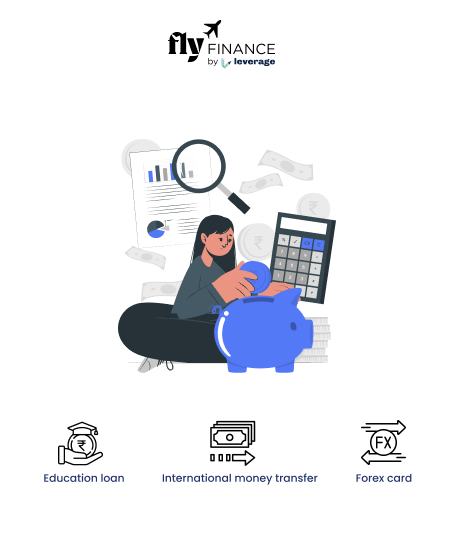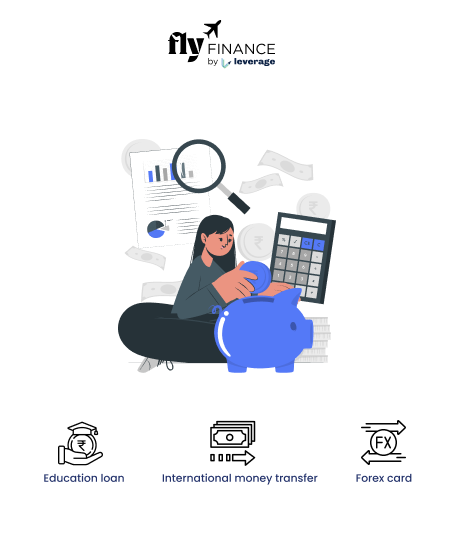BSBDA stands for Basic Savings Bank Deposit Account. It is a type of savings account offered by banks in India with minimal requirements, no minimum balance, and basic banking services, primarily to promote financial inclusion. Understanding BSBDA full form helps individuals make informed financial decisions, especially those looking for cost-effective banking solutions.
If you have ever explored savings account options, you may have come across the term BSBDA. Wondering what is the BSBDA full form and how it can benefit you? Understanding what it means and its significance is crucial for managing your finances effectively in the bank. In this blog, we will discuss the BSBDA in full form and explain everything you need to know about it.
Table of contents
- What is the BSBDA Full Form?
- Why is the BSBDA Full Form Important?
- Features of BSBDA and BSBDA Full Form
- Eligibility Criteria to Open a BSBDA Account
- BSBDA Account Features
- How to Open a BSBDA Account?
- BSBDA Account Limits
- Difference Between BSBDA and Regular Savings Account
- BSBDA Full Form in Hindi
- What is the difference between PMJDY Full Form and BSBDA Full Form?
- FAQS
What is the BSBDA Full Form?
The BSBDA full form is a Basic Savings Bank Deposit Account. It is a special type of zero-balance savings account that doesn’t require you to maintain any minimum balance.
BSBDA allows individuals to perform essential banking transactions like deposits, withdrawals, and balance inquiries without worrying about penalties for low balances.
The Reserve Bank of India introduced the BSBDA in 2005 to promote financial inclusion. Earlier called a “no-frills account,” it was rebranded in 2012 to remove any negative perceptions associated with the term. Today, it serves as a bridge to bring the unbanked population into the formal financial system.
Why is the BSBDA Full Form Important?
The Basic Savings Bank Deposit Account is important in promoting financial inclusion. It ensures that even the most underserved sections of society can access banking services, save money, and earn interest on their savings.
BSBDA are simple and convenient bank accounts for students that help in easy money management. Some of the key benefits include:
- Financial Security: Individuals can save their hard-earned money in a safe environment.
- Accessibility: Low-income groups can access banking without worrying about high charges.
- Support for Government Schemes: BSBDA is often linked to direct benefit transfer (DBT) schemes, making it easier for account holders to receive subsidies and payments from the government.
Also Read: Check some of the FAQs about international bank accounts for students studying abroad. Know all about it in this blog.
So, this was the BSBDA full form and its importance. Now, let’s understand the features of BSBDA.
Features of BSBDA and BSBDA Full Form
The BSBDA is a bank account for students that comes with several features that make it an attractive option for students and people who need a basic bank account. BSBDA ensures easy access to financial services, especially for those from economically weaker sections.
Here are the key features of a BSBDA and its full form:
- No minimum balance requirement: You can maintain a zero balance in the account.
- Maximum balance limit: The balance cannot exceed INR 50,000 at any given time.
- Annual credit limit: Total credits should not exceed INR 1 lakh in a financial year.
- Free ATM card: Banks offer an ATM card with no issuance or maintenance charges.
- Four free withdrawals per month: This includes ATM, branch, and fund transfer withdrawals.
- No charges for inactive accounts: Unlike regular savings accounts, there are no penalties for non-operation.
- Passbook provided free of cost: You’ll receive a passbook for free, making it easier to track your transactions.
Banks may also offer optional services like chequebooks and email statements at a nominal fee. These were the features of BSBDA. Now, let’s understand how to open a BSBDA account in easy steps.
Eligibility Criteria to Open a BSBDA Account
A Basic Savings Bank Deposit Account (BSBDA) is a special type of savings account designed to promote financial inclusion by providing basic banking services to all individuals, especially those from economically weaker sections. It comes with zero minimum balance requirements and offers essential banking features like deposits, withdrawals, and fund transfers.
To open a BSBDA account, an individual must meet the basic Know Your Customer (KYC) requirements set by the bank. Here’s a detailed look at who is eligible for a BSBDA account:
- Indian Residents: Any Indian resident, including salaried individuals, self-employed professionals, homemakers, and retirees, can open a BSBDA account. It is particularly beneficial for people who need a no-frills banking option with zero maintenance charges.
- Minors Above 10 Years: Minors who are at least 10 years old can open a BSBDA account with parental or guardian supervision. This helps young individuals start their financial journey early and learn basic banking habits.
- Individuals Without an Existing Savings Account in the Same Bank: A person who does not already hold a regular savings account in the same bank is eligible for a BSBDA account. Banks impose this restriction to ensure that the facility is used by those who truly need basic banking services.
- Economically Weaker Sections (EWS): BSBDA accounts are primarily targeted at low-income individuals, daily wage earners, and others from economically weaker sections who may not have access to regular banking services. These accounts offer a zero-balance facility, making banking accessible to all.
- Students and First-Time Bank Users: Students, especially those without a steady income, can benefit from a BSBDA account as it provides a simple and cost-effective way to manage finances. Similarly, first-time bank users who are new to banking can open this account to get started with essential banking services.
BSBDA Account Features
A Basic Savings Bank Deposit Account (BSBDA’s full form) offers fundamental banking services with restrictions on balances and transactions. These features make BSBDA accounts an ideal option for individuals seeking basic banking services without additional costs. The key features include:
- No Minimum Balance Requirement – Unlike regular savings accounts, BSBDA accounts do not require a minimum balance.
- Transaction Limitations – Customers can make only four free debit transactions per month, including ATM withdrawals. However, digital transactions are unlimited.
- Maximum Balance Cap – The balance in the account cannot exceed ₹50,000 at any time.
- Credit Limit – The total deposits in a financial year cannot exceed ₹1,00,000.
- Zero Maintenance Charges – Banks cannot charge any fee for maintaining a BSBDA account.
- Eligibility – Any individual can open a BSBDA account, but they cannot have another savings account in the same bank.
How to Open a BSBDA Account?
Opening a Basic Savings Bank Deposit Account (BSBDA) is a simple process with minimal paperwork. You need to provide basic KYC documents such as identity and address proof. Some banks even offer the convenience of online applications for BSBDA accounts. Here’s how you can get started:
- Visit the bank branch with your KYC documents, which include identity proof (Aadhaar, PAN) and address proof.
- Submit your application for opening a BSBDA account. Some banks also allow online applications.
- Complete KYC verification as per RBI guidelines. For those with simplified KYC documents, the bank may open a BSBDA Small Account with additional restrictions.
If you already have a regular savings account, you can request the bank to convert it into a BSBDA.
BSBDA Account Limits
Although the BSBDA account offers zero-balance benefits, it comes with specific restrictions to ensure controlled usage. These limits apply to maximum balance, annual credits, and monthly savings account cash withdrawal limits. Here are a few BSBDA account limits:
- Maximum balance: INR 50,000 at any time.
- Annual credit limit: INR 1 lakh per financial year.
- Monthly withdrawal/transfer limit: INR 10,000.
If these limits are exceeded, the bank may convert your BSBDA into a regular savings account
Difference Between BSBDA and Regular Savings Account
A Basic Savings Bank Deposit Account (BSBDA) differs from a regular savings account in terms of balance requirements, transaction limits, and features. While BSBDA offers zero-balance benefits with limited free transactions, regular savings accounts provide greater flexibility. Here’s a comparison of their key features:
| Feature | BSBDA Account | Regular Savings Account |
| Minimum Balance Requirement | No | Yes (varies by bank) |
| Maximum Balance Limit | INR 50,000 | No limit |
| Free Transactions | 4 per month | Higher or unlimited |
| Interest Rate | Same as regular savings | Same |
The zero-balance feature and free basic services make the BSBDA ideal for those who want a cost-effective way to access essential banking facilities.
BSBDA Full Form in Hindi
BSBDA का फुल फॉर्म Basic Savings Bank Deposit Account होता है, जिसे हिंदी में बेसिक सेविंग्स बैंक डिपॉजिट अकाउंट कहा जाता है। यह भारतीय रिजर्व बैंक (RBI) द्वारा शुरू किया गया एक विशेष बैंक खाता है, जिसका उद्देश्य वित्तीय समावेशन (Financial Inclusion) को बढ़ावा देना है। यह उन लोगों के लिए है जो नियमित बचत खाता नहीं खोल सकते या न्यूनतम शेष राशि (Minimum Balance) बनाए रखने में सक्षम नहीं हैं।
यह खाता गरीब एवं कम आय वाले व्यक्तियों को बैंकिंग प्रणाली से जोड़ने के लिए बनाया गया है। BSBDA खाता की मुख्य विशेषताएँ:
- न्यूनतम बैलेंस की आवश्यकता नहीं
- ₹50,000 से अधिक बैलेंस नहीं रखा जा सकता
- वार्षिक जमा सीमा ₹1,00,000 तक
- प्रति माह 4 निःशुल्क डेबिट ट्रांजेक्शन
Also Read: Check out this blog on how to open a student bank account online. Explore the easy steps for a hassle-free process.
What is the difference between PMJDY Full Form and BSBDA Full Form?
PMJDY and BSBDA are both designed to promote financial inclusion, but they differ in their objectives and benefits. Here’s a comparison highlighting the differences between PMJDY and BSBDA along with their key features:
| Feature | PMJDY | BSBDA |
| Objective | Promote financial inclusion with benefits like insurance and overdraft facilities | Provide basic banking services without a minimum balance requirement |
| Full Form | Pradhan Mantri Jan Dhan Yojana | Basic Savings Bank Deposit Account |
| Overdraft Facility | Yes (up to INR 10,000) | Not available |
| Insurance Coverage | INR 2 lakh accidental insurance + INR 30,000 life insurance | Not available |
| Target Group | Unbanked individuals under a government scheme | General public, including low-income groups |
| Account Type | Part of a financial inclusion scheme | General zero-balance savings account |
The BSBDA full form is Basic Savings Bank Deposit Account, and it serves as a gateway for individuals to access essential banking services without worrying about maintaining a minimum balance. With features like zero balance, free ATM cards, and simplified KYC processes, the BSBDA has significantly contributed to promoting financial inclusion in India.
FAQS
BSBDA stands for Basic Savings Bank Deposit Account. It is a savings account that does not require maintaining a minimum balance and is designed for financial inclusion.
Any individual who meets the basic Know Your Customer (KYC) requirements can open a BSBDA account. It is especially targeted at people from economically weaker sections who need easy access to banking services.
No, a BSBDA account is a zero-balance account, meaning there is no minimum balance requirement.
To open a BSBDA account, you need basic KYC documents like identity proof (Aadhaar, PAN) and address proof. Simplified KYC documents can be used to open a BSBDA Small Account.
A BSBDA account has the following transaction limits:
– Maximum balance: INR 50,000 at any given time
– Annual credit limit: INR 1 lakh
– Monthly withdrawal/transfer limit: INR 10,000
Yes, you can convert a regular savings account to a BSBDA account by submitting a written request to your bank.
A BSBDA account allows four free withdrawals per month, which includes withdrawals from ATMs, branch visits, and fund transfers.
Yes, BSBDA account holders are provided with a free ATM card without any issuance or maintenance charges.
If you exceed the prescribed limits, your bank may convert the BSBDA account into a regular savings account.
No, the interest rate on a BSBDA account is the same as that of a regular savings account offered by the bank.
Any individual who meets the basic Know Your Customer (KYC) requirements is eligible to open a Basic Savings Bank Deposit Account (BSBDA). This includes:
– Indian residents (including minors above 10 years with parental guidance)
– Individuals without an existing savings account in the same bank
– Members of the economically weaker sections, students, and first-time bank users
The minimum balance in a BSBD account is zero, as it is a zero-balance savings account. Account holders are not required to maintain any minimum balance, and there are no penalties for a low balance. This makes it a convenient option for those who prefer a no-frills banking service.
To learn more about education loans, the best bank accounts for students, forex, banking experience for global students, or international money transfers, reach out to our experts at 1800572126 to help ease your experience with studying abroad.
Follow Us on Social Media

